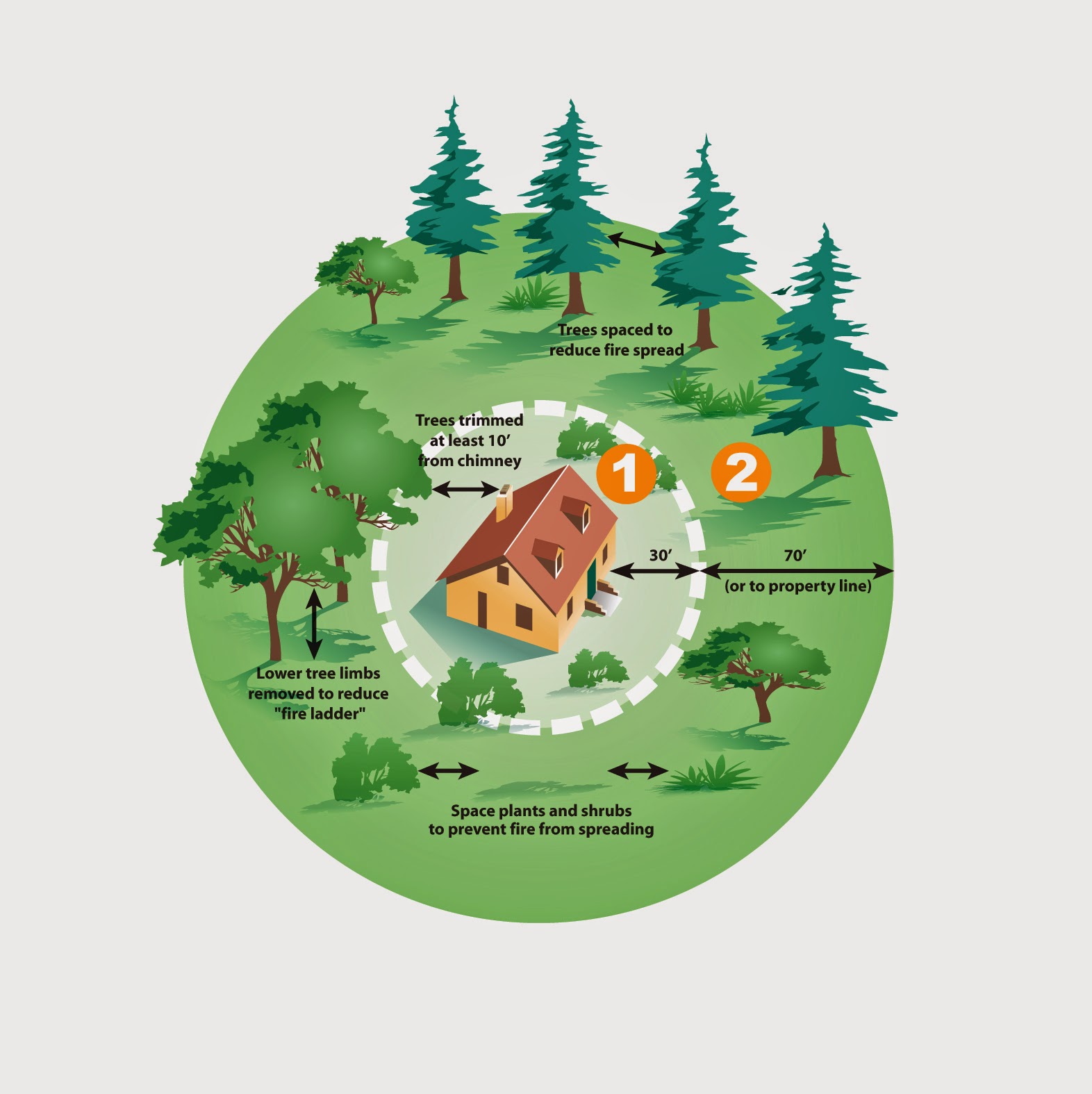Every summer, I am greeted by garter snakes in my garden. I really do like having them there, I just don’t like to be surprised by them. Last year I was on hands and knees, reaching deep into some overgrown perennials, pulling out dead leaves and stems. When I pulled my hand out of the darkness, I discovered my fingers were wrapped around a snake. It wasn’t pretty for either of us: the snake went flying through the air and I ended up on my back.
It was one of Colorado’s most common snakes, Thanmophis elegans, or the Western Terrestrial Garter Snake. Here are a few facts about this harmless snake from Colorado Herping.
 |
| Western Terrestrial Garter Snake, photo courtesy Colorado Herping |
Color: brown to gray; gray and light tan checkerboard pattern conspicuous in juveniles, darkens and becomes obscure with age. Light stripe down sides of body, becomes less prominent with age.
Habitat: Found in a wide variety of habitats, including marshes and wet meadows, margins of ponds, woodland and woodland edge, floodplains and cultivated fields; prefers areas with moderately moist vegetation. Obviously, they also like to hang out in the damp undergrowth in the garden.
Diet: Feeds on earthworms, slugs and small rodents in the garden.
Size: Adults 24" to 42" in length.
Natural History: These snakes are normally active from March to November; usually during the day. Litters range in number from 5-60, born during late July, August or September. Habitat is usually below 11,000', but they have been found at 13,100' in San Miguel County, southwest Colorado. Also known as Wandering Garter Snake.
Oregon State University Cooperative Extension provides the following information about garter snakes in the garden.
Garters are the type of snake most often seen by urban and suburban gardeners. Garter snakes generally breed in the spring and give birth to live young in the late summer or fall. Often, young are not seen until the following spring, after they emerge from hibernation after their first winter.
All snakes locate prey by smell and sight. Snakes have an extraordinary sense of smell. When they stick out their forked tongue, they are "sniffing" for prey and predators. Contrary to popular belief, snakes also have good short-range vision, which helps them locate and strike prey.
Most young garter snakes don't survive into adulthood, they are killed off by predators, cars and lawnmowers. The following are tips to make your property garter snake friendly:
- Walk your lawn before you mow it to scare the snakes into hiding. Lawn mowers are deadly to snakes because they can't hear like we do. Rather, they feel vibrations.
- Provide habitat for snakes if you have room. Old plywood or corrugated metal roofing left loosely on the ground in an out-of-the-way place on your property provides hiding and nesting places for slithering creatures. Old stumps and large rocks also make good snake habitat.
- Don’t use chemicals such as pesticides and fertilizers in areas used by snakes.
- If you have pets, the likelihood of attracting snakes is minimal.





